Swiss support and learn from Slovak forests
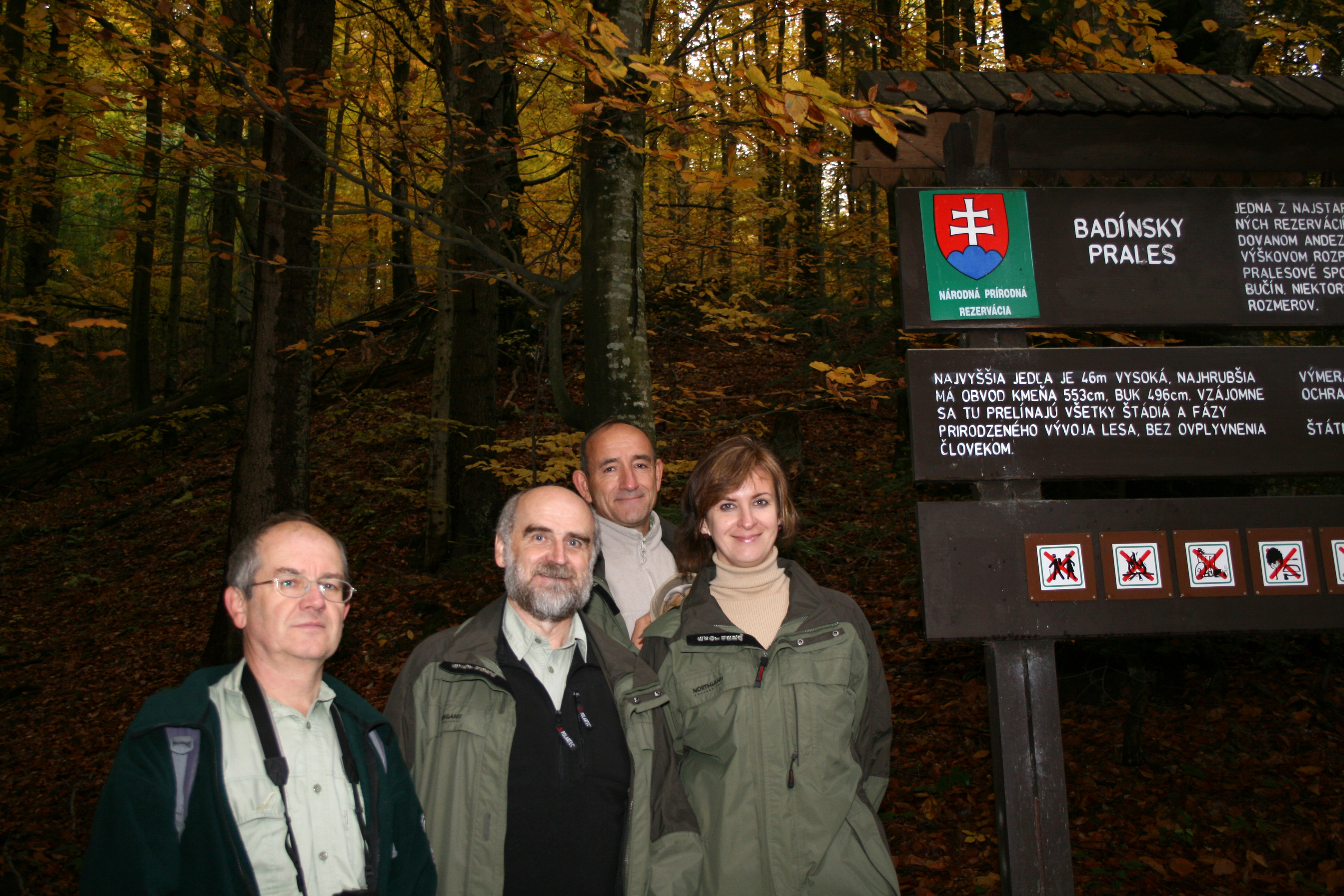
The Carpathian Mountains are for Slovakia what the Alps are for Switzerland, but the dense network of forest reserves needs constant maintenance.
Money from Switzerland’s enlargement contribution to the European Union ensures that the primary forests are not only better researched but also better used.
Yellows, reds and browns in all their variations – visitors are overwhelmed by the stunning colours and tangy scents of the autumn forest.
At first sight it’s difficult to spot a difference between the primary forest – also known as old-growth forest – of Badinsky Prales in the Western Carpathians in central Slovakia and a mixed forest in the Jura, western Switzerland.
The 30 hectares of primary forest are similar to wooded sections in the centre and east of the country, including the Unesco-protected Primeval Beech Forests on the Ukrainian border.
Their expansion and protection benefit from the billions in the EU’s Cohesion Fund.
In November 2006, Swiss voters approved the Federal Act on Cooperation with the Countries of Eastern Europe. This formed the basis for the Swiss enlargement contribution, a SFr1 billion ($1.08 billion) package to the ten members of the European Union who joined in May 2004.
The money was intended mostly for social projects but also for environmental causes.
Of the SFr67 million allocated to Slovakia, SFr24.5 million has been set aside for projects benefiting the environment and infrastructure.
Models
Slovakia is host to countless reserves of primary forests rich in biodiversity. These are of great interest to scientists, including those from Switzerland, whose forests are generally more affected by people than those in the Carpathians.
Data from the primary forests, for example, serve as the basis for model simulations on how the forests could develop, said Peter Brang from the Swiss Federal Institute for Forest, Snow and Landscape Research.
“Such models enable us to estimate the impact of climate change on forest growth,” he told swissinfo.ch.
Forests regulate water fluxes, absorb carbon, protect from avalanches and prevent soil erosion, which is not only beneficial for the environment, but also for society.
Open-air laboratory
“The reserves are indispensible for maintaining biodiversity,” Jan Kadlecik, a scientist who works for the Slovak conservation authority, told swissinfo.ch.
“What’s also important is that the reserves function as a reservoir for genetically diverse tree species, as an open-air laboratory for researchers and as a carefully marketed attraction for knowledgeable tourists.”
Kadlecik leads swissinfo.ch down a barely visible path. The deeper one goes into the virgin forest, the taller and thicker the trees and the greater the amount of dead wood lying around.
Water sources spring out of the forest floor and wash away earth: the differences with “normal” forests become increasingly obvious.
In the moderate climate trees such as firs, beeches and elms grow to be veritable giants.
“The pines can live for 400 years,” Kadlecik said. “What’s more, this is also home to all of Europe’s bigger predators like bears, wolves, foxes, lynx, wild cats and martens.”
The 150 hectares of primary forest at Badinsky Prales contain 140 types of plant, including 34 species of tree and shrub.
Buffer zone
Much bigger than the 30-hectare core reserve, to which no one has access, is the surrounding buffer zone intended to protect the conservation area from direct contact with agriculture.
Heino Meessen, agricultural ecologist at Bern University’s Centre for Development and Environment, explained that the buffer zone should not only protect but also be of use.
“Potential users – the population, the agricultural and timber industries – need to be involved in the project, in addition to local infrastructure projects,” said Meessen, who is the Swiss contact man with Kadlecik’s conservation authority.
In addition to Swiss financial support for the forest projects in the form of the enlargement fund, the Slovak environment ministry can also count on technical knowledge from the Bernese institute.
“This is a first for this type of cooperation and using economic development for conservation projects in large protected areas,” Meessen said.
He added that the centre’s experience in other parts of the world showed that purely ecologically oriented conservation projects were unrealistic without economic considerations.
In Switzerland 72% of forests is in public hands. Trees cover just under a third of the country (1.28 million hectares). Forest coverage has increased over the last century and a half and continues to do so, especially in the Alps where it has retaken abandoned agricultural lands.
There are 120 different types of forest in which more than 20,000 types of animals and plants can be found. Half of all species are indigenous. 2.5% of forests are reserves and exempt from use. The authorities would like to increase this to 10%.
Forests are important to the fight against global warming because they absorb CO2. They contain 4-5 times more carbon than the atmosphere above Switzerland.
The federal forests law bans clearing except if this is compensated by trees being planted elsewhere. But this is under discussion.
The International Year of Forests was launched on February 2, 2011, at the General Assembly Hall in New York City.
Economics Minister Doris Leuthard marked World Forest Day on March 21.
(Translated from German by Thomas Stephens)

In compliance with the JTI standards
More: SWI swissinfo.ch certified by the Journalism Trust Initiative

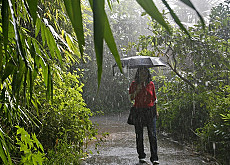
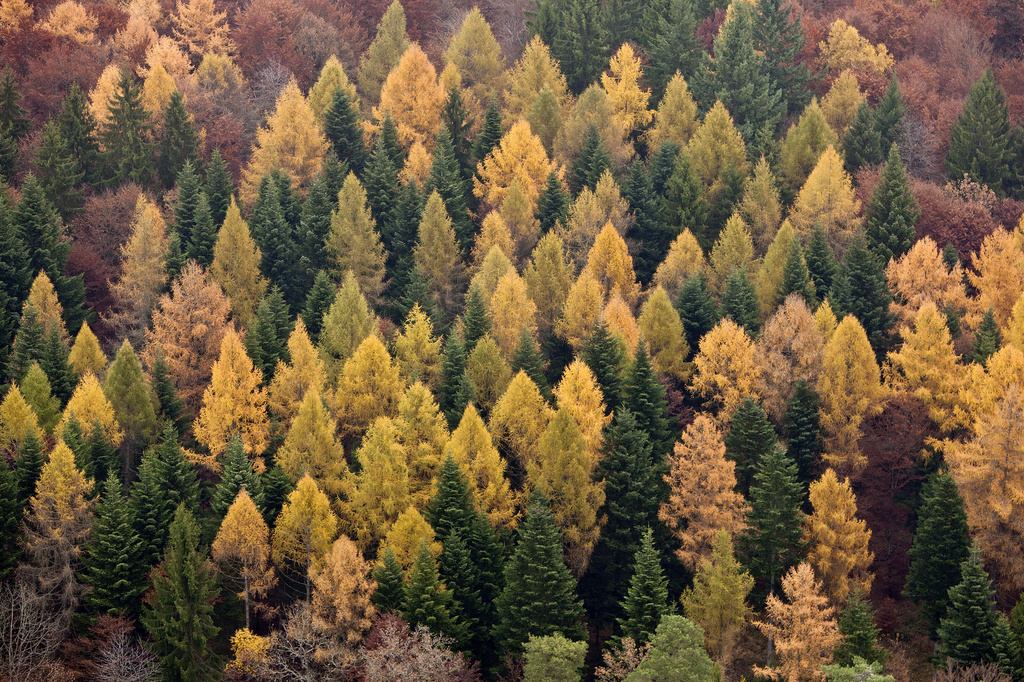
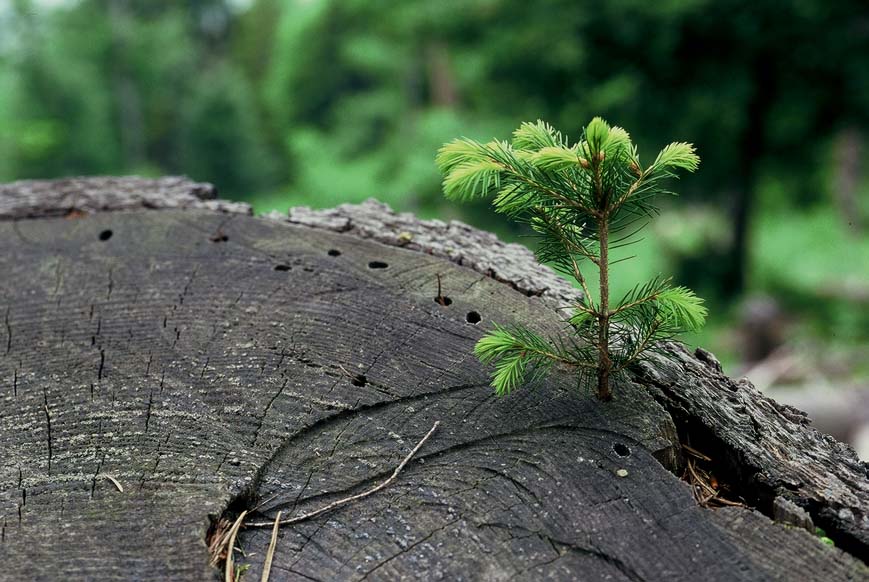
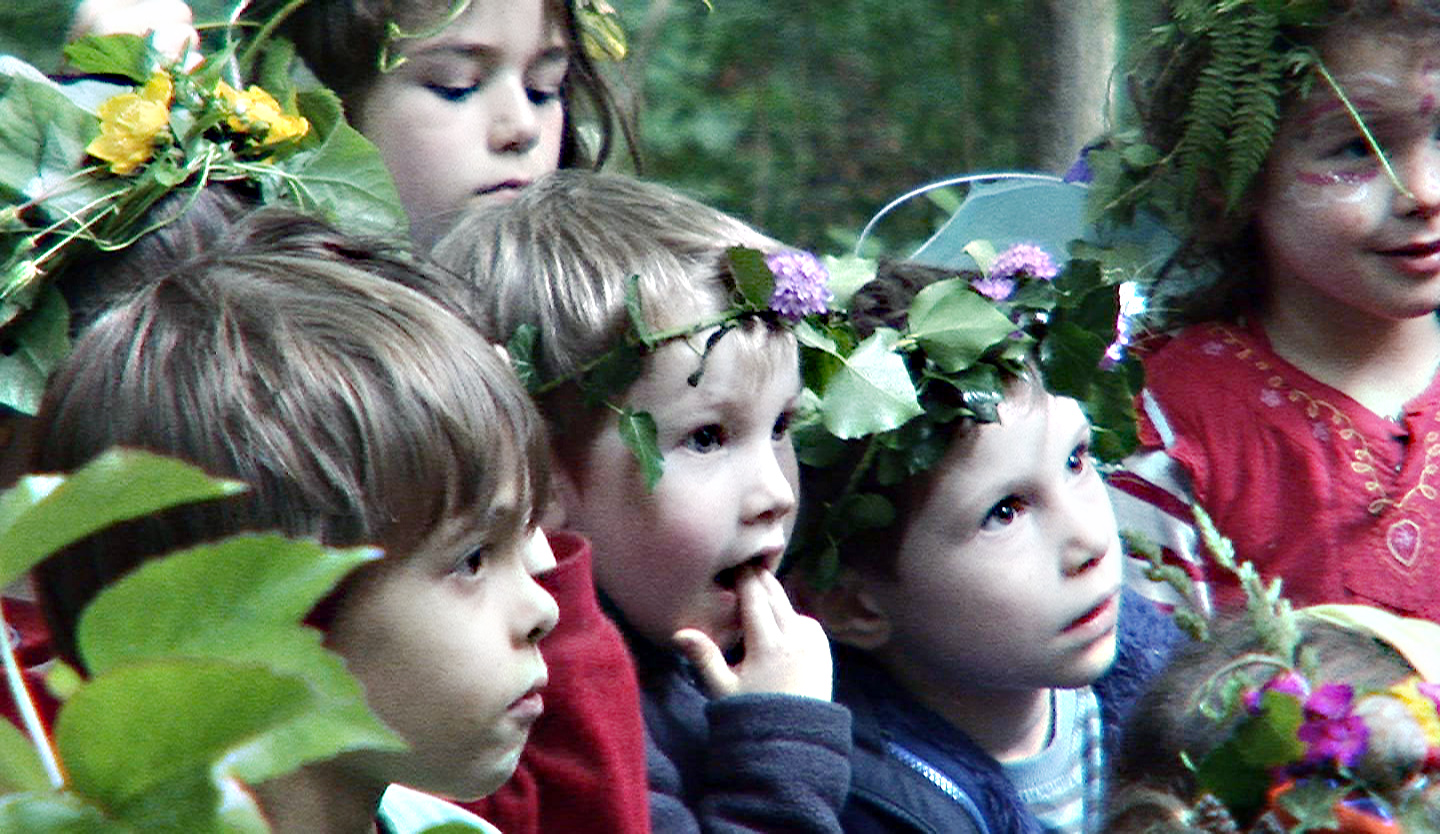
You can find an overview of ongoing debates with our journalists here. Please join us!
If you want to start a conversation about a topic raised in this article or want to report factual errors, email us at english@swissinfo.ch.